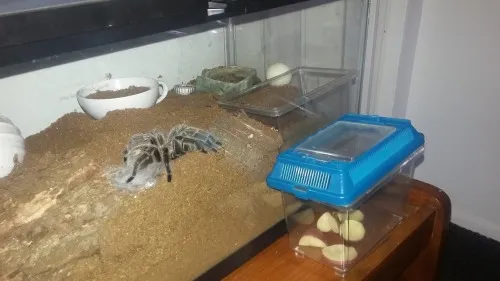Ventilation is a critical, yet often overlooked, aspect of tarantula care. Creating the best tarantula enclosure vent is crucial for your pet’s health and well-being. Proper ventilation ensures healthy air circulation, prevents the buildup of harmful elements, and helps regulate the humidity levels within the enclosure. This guide will take you through everything you need to know about creating the perfect ventilation system for your tarantula’s habitat. From understanding the ‘why’ behind ventilation, to the ‘how’ of implementing it, you’ll gain the knowledge to ensure your eight-legged friend thrives. Neglecting this important aspect can lead to a host of problems, including mold, bacterial growth, and respiratory issues for your tarantula, ultimately impacting its lifespan and happiness. Therefore, let’s explore the key components to optimize your tarantula enclosure ventilation!
Understanding Tarantula Enclosure Ventilation
Ventilation in a tarantula enclosure serves multiple vital functions. It’s not just about providing fresh air; it’s about creating a balanced environment that mimics the tarantula’s natural habitat. Effective ventilation helps to remove stale air, which can accumulate harmful gases and byproducts from the tarantula’s waste. It also plays a critical role in regulating humidity, which is essential for your tarantula to molt successfully. Proper ventilation systems are essential to have a happy and healthy tarantula.
Why Ventilation Matters for Tarantulas
Tarantulas, like all living creatures, require fresh air to breathe. Stagnant air in the enclosure can lead to a build-up of carbon dioxide and other harmful gases, which can stress your tarantula and compromise its immune system. Think of it as being in a poorly ventilated room; the air becomes stuffy and uncomfortable. For a tarantula, such conditions can be detrimental to its health. Ventilation is not just about air exchange; it’s also essential for regulating the humidity levels within the enclosure.
Preventing Mold and Bacteria
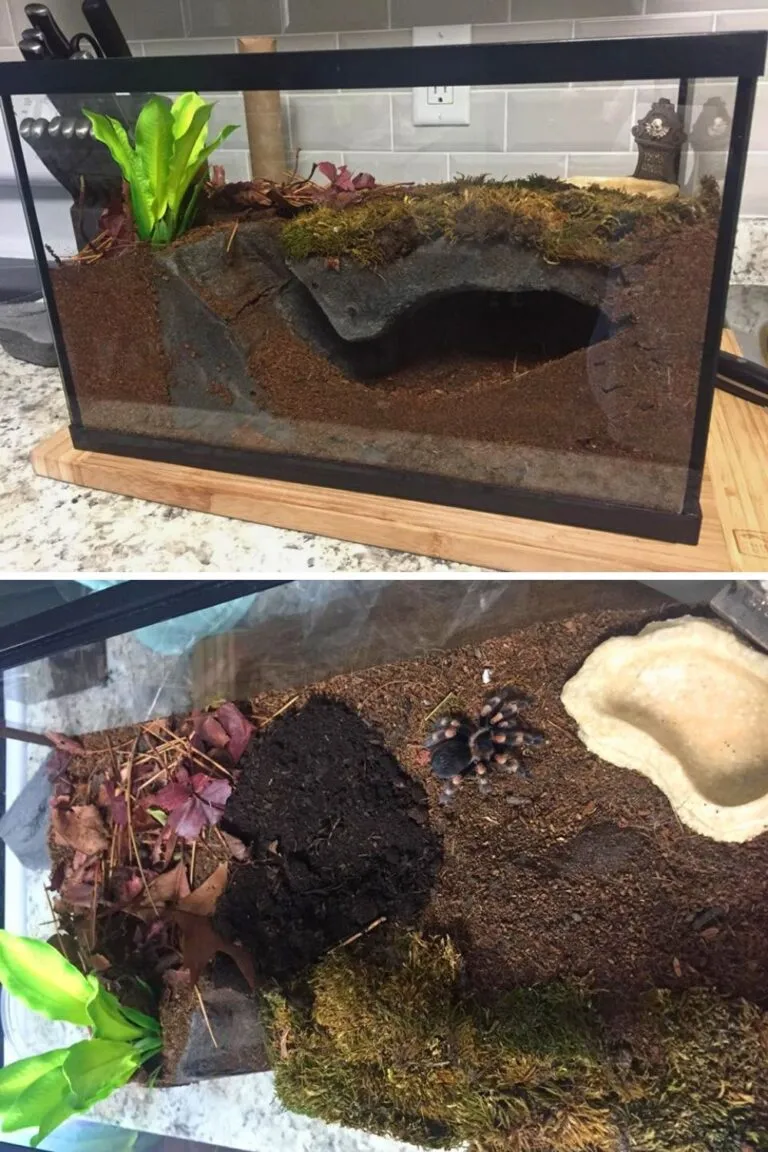
One of the biggest threats to a tarantula enclosure is the growth of mold and bacteria. Mold thrives in humid environments with poor air circulation. Proper ventilation helps to keep the substrate dry and the air moving, inhibiting the growth of these harmful organisms. This is especially important if you use a substrate that retains moisture, such as coco fiber or peat moss. Regular air exchange prevents the conditions in which mold and bacteria can thrive, protecting your tarantula from potential health issues and also maintains the overall hygiene of your enclosure. Consider this when determining the best tarantula enclosure vent.
Maintaining Humidity Levels
Tarantulas have specific humidity requirements, which vary depending on the species. Ventilation helps to maintain the correct humidity levels by allowing excess moisture to escape. This is a delicate balance because too much ventilation can make the enclosure too dry, while too little can lead to excessive humidity. Achieving this balance requires understanding your tarantula’s needs and the type of substrate used. A good ventilation system helps to create the ideal environment for your tarantula to thrive. Use a hygrometer to monitor the humidity and adjust the ventilation as needed. This is a key aspect to determining the best tarantula enclosure vent.
Choosing the Right Ventilation Type
There are two main types of ventilation systems used in tarantula enclosures cross-ventilation and top-ventilation. The best choice depends on your enclosure’s design, your tarantula species, and the environmental conditions where you live. Each system has its advantages and disadvantages, so understanding these differences is important to make an informed decision. Evaluate the layout of your enclosure and the specific needs of your tarantula to determine which type of ventilation will work best. The right choice will ensure your tarantula lives a long and healthy life.
Cross-Ventilation Systems
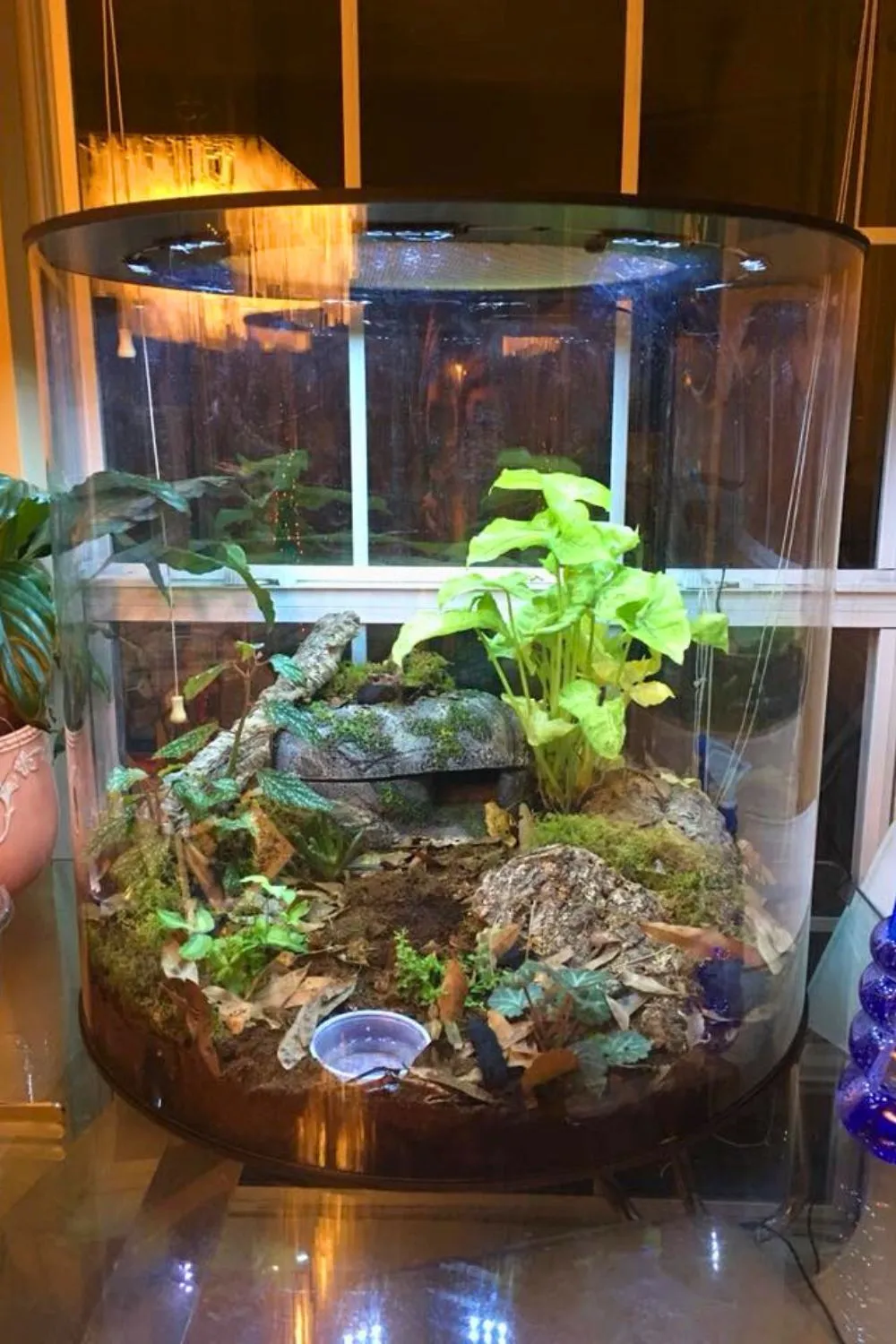
Cross-ventilation involves having ventilation holes or mesh on opposite sides of the enclosure. This setup allows air to flow horizontally across the enclosure, removing stale air and providing fresh air. It’s especially effective in smaller enclosures and creates good air circulation. The primary advantage of cross-ventilation is the efficient air exchange it provides, reducing the risk of mold and maintaining more consistent humidity. It is well-suited for species that require moderate humidity levels. To achieve proper cross ventilation, ensure that the intake and exhaust vents are clear and unobstructed.
Top-Ventilation Systems
Top-ventilation involves having ventilation holes or mesh located on the top of the enclosure. This system allows warm, humid air to rise and escape, which helps regulate humidity. It’s suitable for species that require higher humidity levels, as the moisture can be better contained. However, top-ventilation can sometimes lead to a build-up of stagnant air in the lower parts of the enclosure. Combining top ventilation with a well-ventilated substrate can mitigate this. It’s important to position the vent to avoid direct airflow that could dry out the enclosure too rapidly. A good way to know if you have the best tarantula enclosure vent is to check the humidity level.
Factors Affecting Ventilation Effectiveness
Several factors influence the effectiveness of your tarantula enclosure ventilation system. Understanding these factors will help you to optimize the environment and ensure the best possible conditions for your pet. These include enclosure size, substrate choice, and temperature/humidity control. Regularly assessing and adjusting the ventilation based on these factors will contribute to the overall well-being of your tarantula. Remember, the goal is to create a stable and healthy environment that mimics the natural habitat of your tarantula. Finding the best tarantula enclosure vent is just one aspect.
Enclosure Size and Ventilation Needs
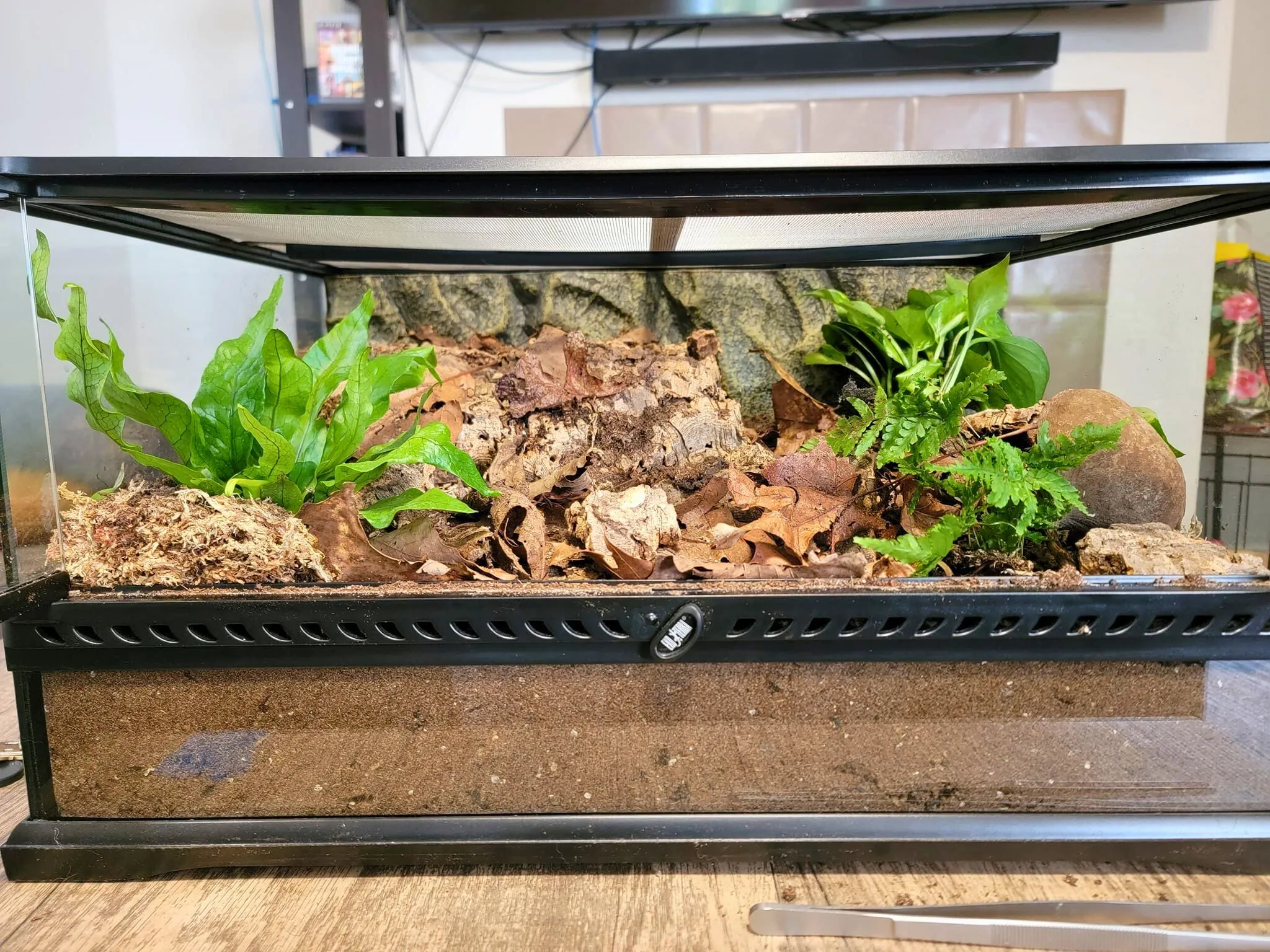
The size of the enclosure directly impacts ventilation needs. Larger enclosures naturally require more ventilation than smaller ones. With larger volumes of air, there’s a greater potential for moisture and the build-up of harmful gases. It’s essential to provide an adequate number of ventilation holes or mesh areas to ensure proper air exchange. For larger enclosures, consider implementing a system that provides more robust airflow, such as a cross-ventilation system. This helps in maintaining a healthy environment and will provide the best tarantula enclosure vent.
Substrate and Its Impact
The type of substrate you use in your tarantula enclosure also significantly affects ventilation. Some substrates, such as coco fiber and peat moss, retain more moisture than others. This can lead to increased humidity, which requires more attention to ventilation to prevent mold and bacterial growth. A substrate that holds moisture well may necessitate more ventilation to maintain proper humidity levels. Conversely, using a drier substrate might require less ventilation, but you must still ensure adequate airflow. The best tarantula enclosure vent is a system that adapts to the type of substrate used. The choice of substrate and its ventilation requirements go hand in hand.
Temperature and Humidity Control
Temperature and humidity are closely related and directly impact ventilation needs. Higher temperatures increase the rate of evaporation, increasing the humidity within the enclosure. Therefore, it is important to monitor the temperature and humidity levels regularly. Using a reliable thermometer and hygrometer is essential for maintaining the ideal conditions for your tarantula. Adjusting ventilation can help regulate these levels and prevent potential issues. The best tarantula enclosure vent helps to create an environment in which temperature and humidity are stable.
Improving Ventilation in Existing Enclosures
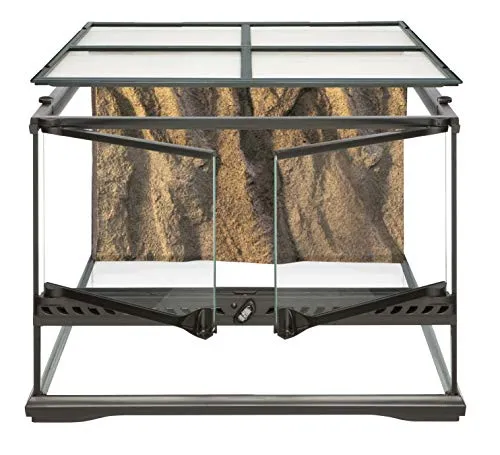
If you’re not satisfied with the current ventilation in your tarantula enclosure, there are several things you can do to improve it. Often, the most practical modifications involve adding additional ventilation holes or strategically positioning vents. Keep in mind that making changes should be a gradual process, carefully monitoring how your tarantula responds to these adjustments. Modifying existing enclosures can be a straightforward way to improve air quality and humidity control. The best tarantula enclosure vent will optimize the environment for your spider.
Adding Ventilation Holes
One of the most common ways to improve ventilation is to add more ventilation holes. Carefully drill or cut additional holes in the enclosure, ensuring that the edges are smooth. When adding holes, consider the placement to facilitate good airflow, possibly on opposite sides of the enclosure for cross-ventilation. Ensure that the holes are small enough to prevent escape but large enough to provide adequate ventilation. Using mesh or screen material to cover the holes is recommended to prevent escape and keep out pests. It is imperative to determine the best tarantula enclosure vent to ensure your tarantula lives a long and healthy life.
Positioning Vents for Optimal Airflow
The placement of vents is crucial for optimal airflow. Strategically positioning the vents can significantly improve the overall ventilation system. For cross-ventilation, place vents on opposite sides of the enclosure at the same height. For top-ventilation, ensure that the vents are on the top of the enclosure to allow the rising warm air to escape. Avoid placing vents directly above the water dish, which could cause excessive evaporation and potentially make the enclosure too dry. You must ensure the vents are not blocked by décor or the substrate. The best tarantula enclosure vent means proper airflow to keep your tarantula healthy.
Maintaining Ventilation Systems
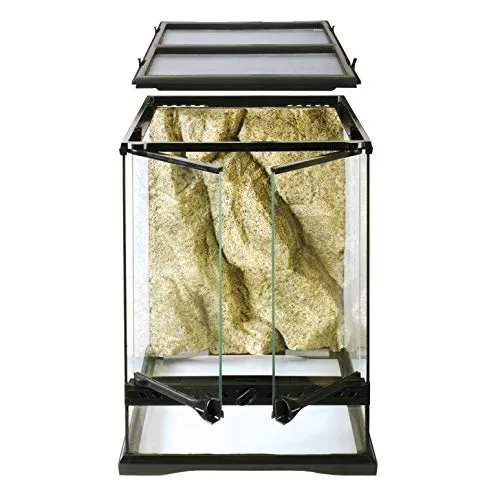
Maintaining your ventilation system is essential for ensuring its continued effectiveness. Regular cleaning and inspection of the vents can prevent blockages and ensure optimal airflow. Doing this regularly will also help you catch any problems early. This proactive approach ensures your tarantula’s health and your peace of mind. Effective maintenance extends the life of your enclosure and also keeps your tarantula’s habitat in top condition. To maintain a proper environment, it is crucial to ensure the best tarantula enclosure vent.
Regular Cleaning and Inspection
Regular cleaning and inspection of the ventilation system are essential for maintaining its functionality. Dust, debris, and even spider silk can clog ventilation holes, reducing airflow. Use a soft brush or a vacuum cleaner to gently remove any obstructions. Inspect the vents regularly to identify any signs of damage or wear. Also, check for mold growth around the vents and take action to remediate it. Cleaning and inspection should be part of your regular maintenance routine. The best tarantula enclosure vent provides an environment that is healthy for your tarantula.
Troubleshooting Ventilation Issues
Even with the best setup, you might encounter issues with your ventilation system. Common problems include excessive humidity, mold growth, and a lack of airflow. If you notice these problems, you’ll need to identify the cause. Begin by inspecting the vents for blockages and checking the humidity levels. Adjust your ventilation strategy accordingly by increasing the number of ventilation holes. In extreme cases, you may need to re-evaluate the type of ventilation system. Regularly monitoring your tarantula and the enclosure can help you identify problems before they become serious. The best tarantula enclosure vent is the one that works best for your tarantula.
Conclusion
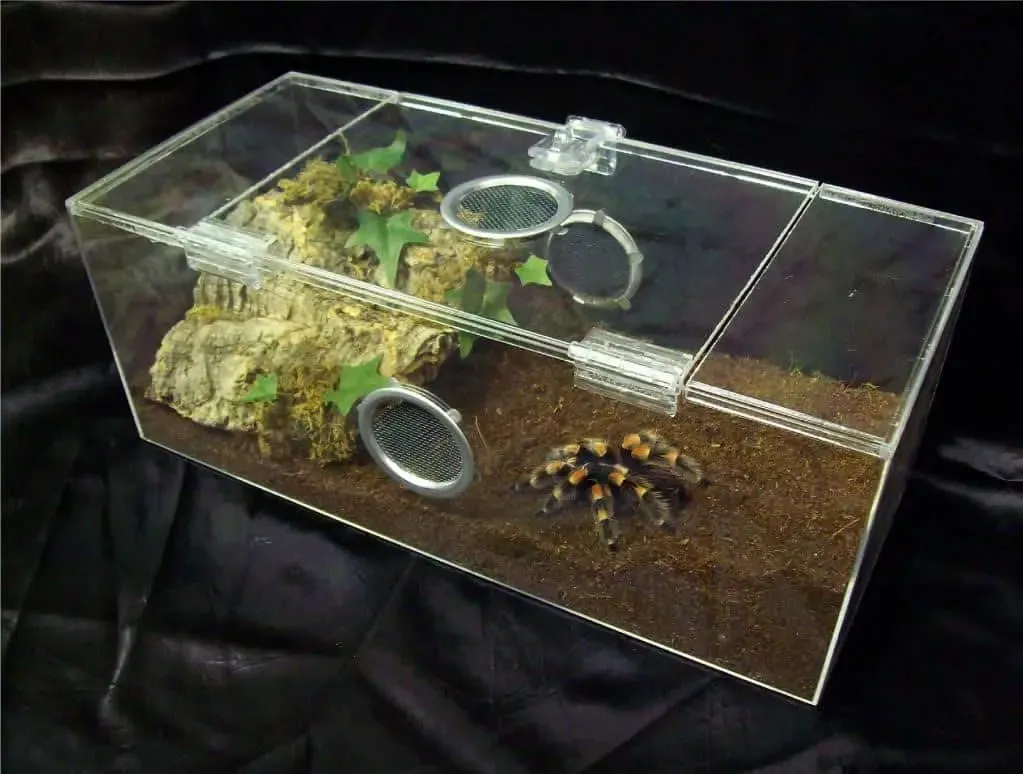
Proper ventilation is vital for the health and well-being of your tarantula. By understanding the different types of ventilation systems, the factors that affect their effectiveness, and how to maintain them, you can create an environment in which your tarantula thrives. Regularly monitor the conditions inside your enclosure. Remember to adjust the ventilation system to meet your specific tarantula species’ needs. Providing the best tarantula enclosure vent will ensure your eight-legged friend lives a long and fulfilling life. Good ventilation is an investment in the health and happiness of your pet!
